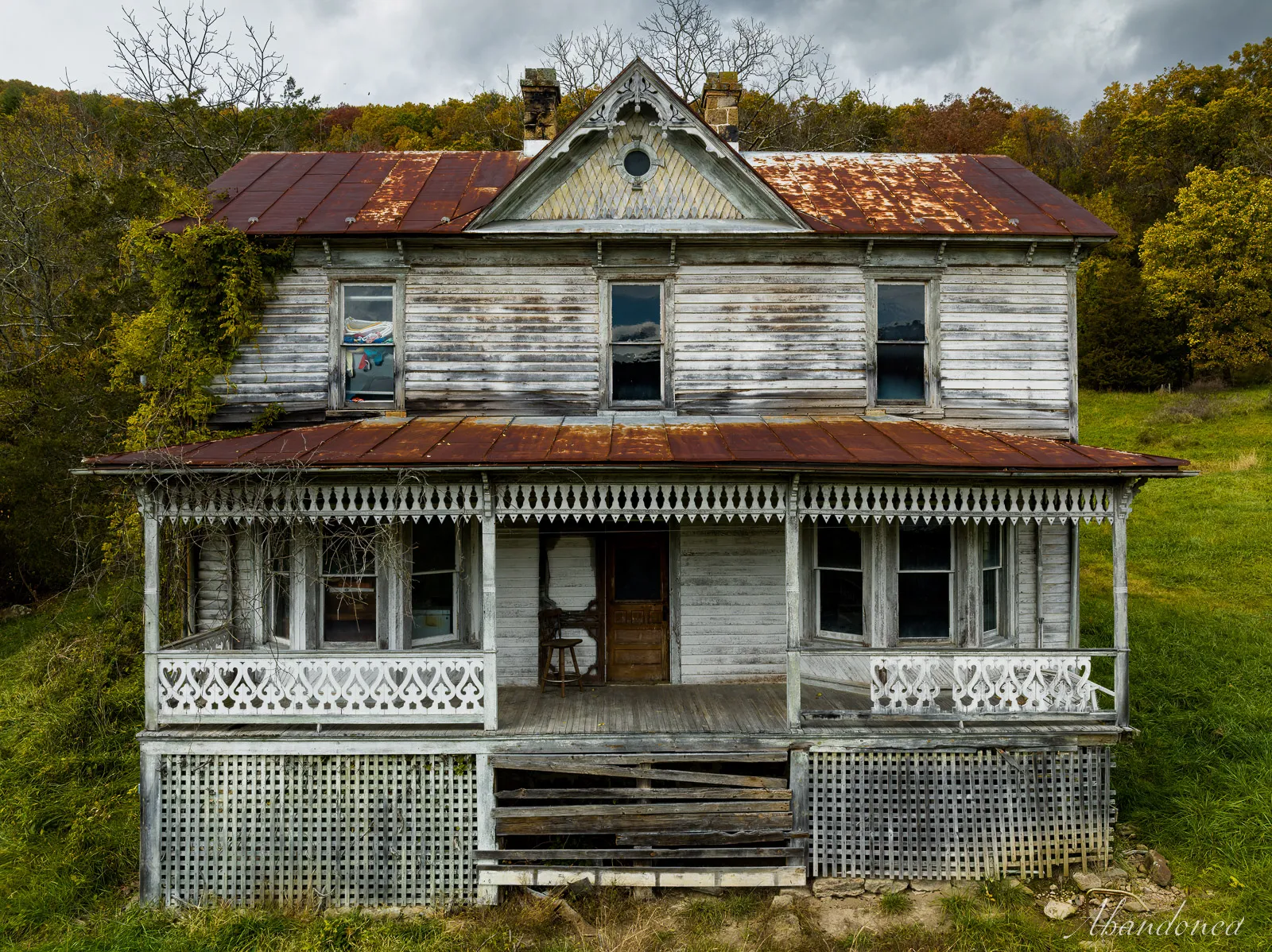The initial buildings in the area were temporary and primarily made of logs. By the 1770s, more permanent and traditional structures, still log-based but often covered with siding, started to emerge. The mid-19th century brought prosperity to the region, thanks to a robust economy and the agricultural richness of the South Fork valley. This period saw the rise of houses predominantly featuring Greek Revival architecture. A later surge in prosperity during the late 19th and early 20th centuries led to the construction of many buildings showcasing Queen Anne and Folk Victorian architectural styles.
In the South Fork valley, there are numerous surviving examples of architecture from these prosperous eras. One such example is the former New Bethlehem Church, a Gothic Revival-style building erected around 1890. It is characterized by a square-plan bell tower dominating the front facade, tall arched Gothic windows, a weatherboard exterior, and a standing seam tin roof. While the exterior of the church has been well-preserved, the church itself has been out of use for a long time.

At the road’s end lies a striking, weathered residence showcasing Folk Victorian architecture, The Adamson House. It’s distinguished by its elaborate scroll-sawn cornices, ornate decorations, and diamond-patterned wood shingle wall cladding.
The Adamson House is a prime example of a circa 1880 Folk Victorian-style residence, featuring a wood weatherboard exterior, a standing seam tin roof, and an ashlar stone foundation. It stands out with two offset ashlar chimneys and a full-width front porch adorned with scroll-sawn detail at the cornice and a scroll-sawn balustrade. The house also boasts decorative scroll-sawn ornamentation in the peak, diamond wood shingle wall cladding, and pedimented gable ends with decorative bargeboards. Completing its charming look are decorative paired cornice brackets.


The Adamson House, originally constructed by the affluent industrialist W. J. Adamson in the early 1900s, served as a cherished summer retreat for his family for many years. However, following the demise of the last Adamson descendant in the 1950s, the house fell into disuse and abandonment, lacking any heirs to maintain it. In the ensuing decades, it became a symbol of neglect, with locals repurposing it for various uses such as sheltering homeless individuals and serving as an impromptu shooting range for law enforcement.
This prolonged neglect has left a profound impact on the surrounding community. The deteriorating condition of the house not only fosters a sense of apprehension and concern among nearby residents but also serves as a poignant reminder of how swiftly fortunes can fade into obscurity over time.



















